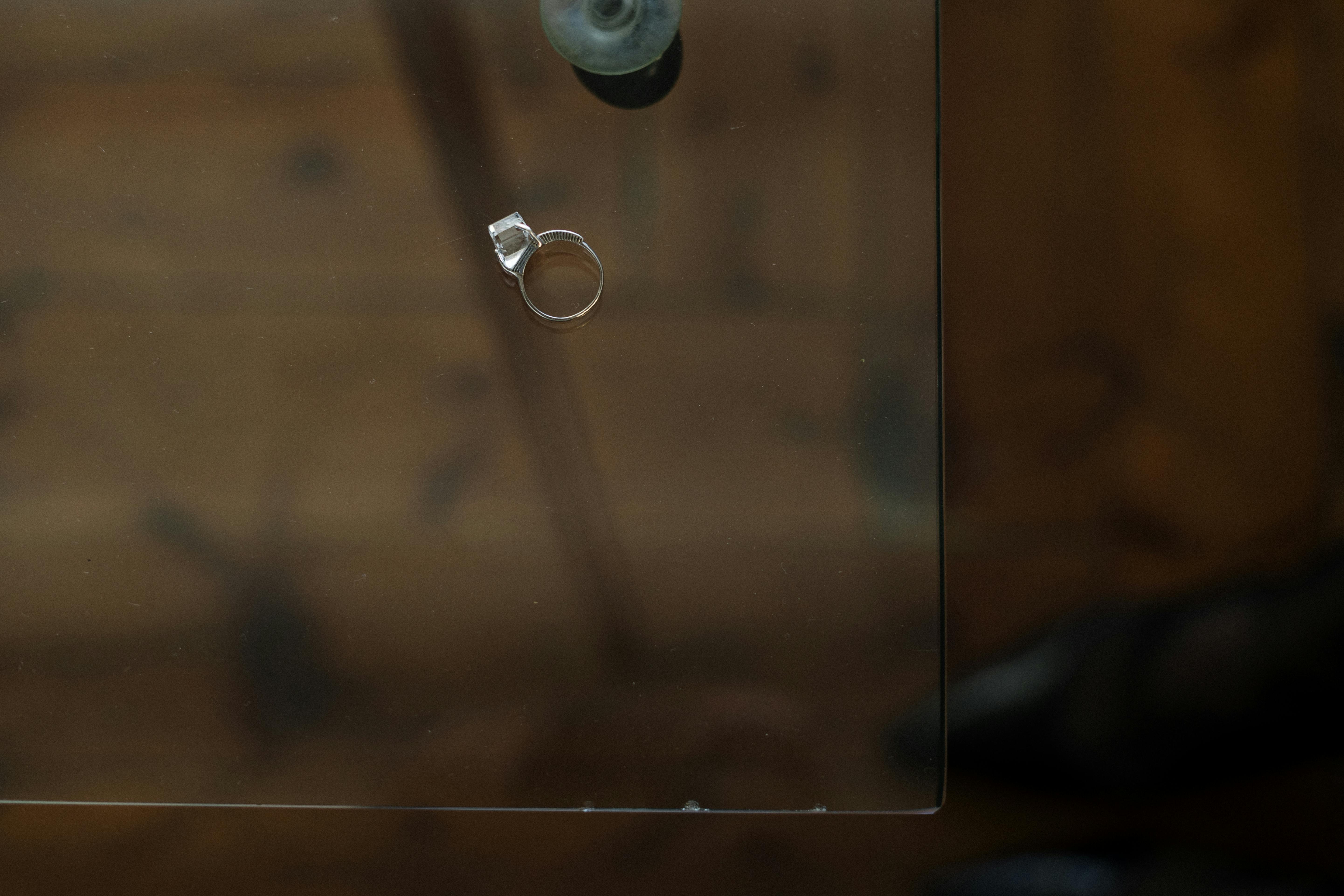If you learned how to cook from your mother, do you wonder why she never told you the one universal way to tell when fruit is ripe and ready to eat? That’s because there isn’t one. There are more than 50 different species of fruit, and they all ripen in different ways.
- Bananas and avocados are picked green and ripen from the tree.
- Most varieties of pears can be picked when they are full size but still green and very firm. Place them in a warm place and they mature in a few days.
- Nectarines and plums can be picked when they are colorful but still very firm. They will mature to the desired amount of firmness or softness after a few days at room temperature.
- Oranges, lemons, limes, and grapefruit will not ripen after being picked from the tree.
- Most of the pineapples in the United States and Canada are from Hawaii. These pineapples are golden yellow or reddish orange tan when ripe. The gold color starts at the bottom. The top of the pineapple may be green, but the more the pineapple’s golden color rises, the sweeter it will be. The true test of ripeness in all pineapples is looking at the bottom of the fruit. A yellow color running through the bottom indicates that the sugar has developed in the pineapple and it is ready to eat. If there is no yellow color, the sugar has not developed and the pineapple will not be sweet.
- Most peaches taste best from late June through August. At farm stalls, scent is an indicator. The fruit should smell as good as it tastes. Ripe melon should give off a sweet aroma when smelled where the stem was attached. But the scent doesn’t always work in supermarkets, as refrigeration atrophies the scent.
- Apples are crisp and flavorful when they are full size and show the color that identifies their variety. Most apples ripen during the fall months of September and October. There are also some summer varieties.
- The color is also a warning with certain fruits. Ripe peaches have a deep yellowish undertone, as do melons, while watermelons should have a whitish-yellow underside. They should also resonate when struck, like a musical instrument.
- Strawberries, cherries, raspberries, blackberries and blueberries are ripe and should be picked when the berry shows a deep, uniform color with no white spots.
- The grapes are harvested when they are fully ripe but firm. Use the color as a guide for the sweetness of the fruit. Green grapes should have a yellow or straw-colored tint with a hint of amber, when fully ripe. Red grapes should be deep crimson, not milky or pale red. Blue grapes should be dark in color, almost black, not pale or tinted green. The grapes must be fat. You can always judge the freshness of grapes by the stem. The greener the stem, the fresher the grapes.
Fresh fruit provides vitamin A (alpha-carotene, beta-carotene, and retinol), vitamin C, most of the B vitamins (thiamin, riboflavin, niacin, pantothenic acid, folic acid, and folic acid), and fiber.
frozen grapes they are great, nutritious snack for kids. Put Red Flame or other seedless grapes on a tray in the freezer. When they are frozen, place them in a resealable plastic bag, then place them back in the freezer. So kids can have sweet and frozen snacks at any time.
Ready for fresh fruit salad mixing your choice of diced fruit or balls. Chill the mixture in the refrigerator while the juices blend. No bandage required. My favorite fruit salad combination is grapes, cantaloupe, watermelon, pineapple, and strawberries.
For simple but delicious sauce for fruit, mix together equal amounts of whipped topping, marshmallow fluff, and fruit-flavored yogurt. Lime, lemon, orange and strawberry yogurt taste great with fresh fruit.
Stuffed Pineapple Boats
This is a fun tropical recipe for special guests or a backyard luau.
2 small to medium pineapples
1 teaspoon freshly grated ginger or 1/3 teaspoon Watkins ground ginger
12 to 16 ounces grilled chicken breast meat, cut into 1/2-inch cubes
2 tablespoons cider vinegar
1 teaspoon Watkins orange extract
1 tablespoon almond or walnut oil
1 cup chopped celery
Salt to taste
2 tablespoons sliced toasted almonds
2 tablespoons grated coconut
1 teaspoon minced jalapeño pepper
- First hollow out each pineapple. Cut pineapples in half lengthwise through crown and leaves. Remove the inner core by making a V cut under it and then lifting it up. Using a short, sharp knife, cut all the way through the inside of the fruit, leaving a 1/2-inch-thick edge all around. Scoop fruit out of cavity and cut into 1/2-inch cubes or balls. The attached leaves add to the decoration. To prevent the boat from rocking, it may be necessary to cut a thin slice from the bottom of each half.
- You should have about 6 cups of diced pineapple. Save the juice for the dressing while you work. Squeeze the juice out of any extra pineapple chunks to extract more juice. You should have about 1/4 cup of juice.
- If serving immediately, combine pineapple, chicken, celery, almonds, and jalapeño in a mixing bowl. Combine ginger, vinegar, orange extract, oil, salt, and reserved pineapple juice in a separate bowl. Pour over salad mixture and mix well.
- Put the boats on large plates. Fill each with 1/4 of the salad mix and sprinkle with coconut. Serve immediately. Makes 4 servings.
If you’re entertaining a group of guests, choose a large pineapple as a serving dish, add the salad mix to the pineapple halves, and let guests help themselves.
kitchen tip
To make this dish ahead of time, mix all ingredients except chicken. Add the chicken just before serving. The acids and enzymes in the pineapple turn the meat into mush after a few hours. Turkey or pork tenderloin can be used in place of chicken in this recipe.
